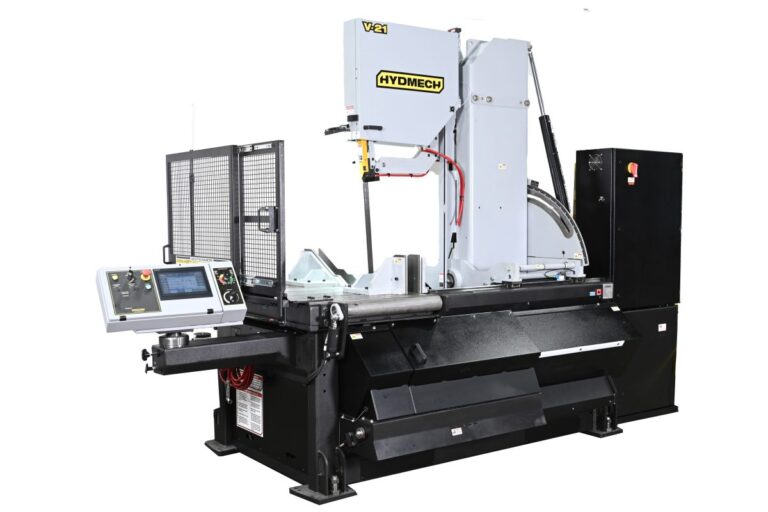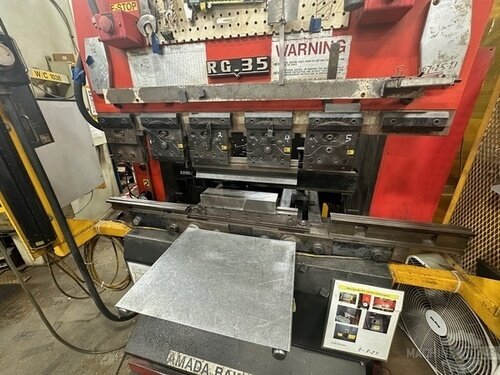In the ever-evolving field of metal fabrication, choosing the right cutting technology is crucial for optimizing performance and efficiency. Fiber lasers have emerged as a leading solution for cutting complex metal shapes, providing unparalleled precision and speed. As the President of Mac-Tech, with over 40 years of experience in the industry, it is clear that fiber lasers offer significant advantages over traditional cutting methods. This article delves into the reasons why fiber lasers are highly recommended for cutting intricate metal designs, focusing on precision, efficiency, and the ability to achieve complex shapes.
Precision and Efficiency in Metal Cutting
Fiber lasers are renowned for their precision and efficiency, which are critical factors in metal cutting. The technology uses a high-intensity beam of light that is capable of cutting through metal with remarkable accuracy. This precision minimizes material wastage and ensures that the final product meets exact specifications. In industries where precision is paramount, such as aerospace and automotive manufacturing, fiber lasers provide a competitive edge by delivering consistently accurate cuts.
Moreover, fiber lasers enhance efficiency by significantly reducing the time required to complete cutting tasks. The rapid cutting speeds, combined with minimal setup times, allow manufacturers to increase their throughput without compromising on quality. This efficiency not only boosts productivity but also reduces operational costs, making fiber lasers a cost-effective solution for metal fabricators. The ability to cut faster while maintaining precision is a testament to the advanced capabilities of fiber laser technology.
Advantages of Fiber Lasers Over Traditional Methods
When compared to traditional cutting methods, such as CO2 lasers and plasma cutting, fiber lasers offer numerous advantages. One of the primary benefits is their lower maintenance requirements. Fiber lasers have fewer moving parts and a more robust design, which translates to less downtime and lower maintenance costs. This reliability is crucial for manufacturers who need to maintain continuous production without frequent interruptions.
Additionally, fiber lasers are more energy-efficient than their traditional counterparts. They use less power while delivering higher cutting speeds, which not only reduces energy consumption but also lowers the overall carbon footprint of manufacturing operations. This energy efficiency, combined with the reduced need for consumables like gas, makes fiber lasers an environmentally friendly choice for metal cutting.
ADOP PLATE PROCESSING & PLASMA BEVEL CUTTING MACHINE
AKYAPAK METAL PLASMA CUTTING MACHINE
Achieving Complex Shapes with Fiber Laser Technology
The ability to cut complex shapes with ease is one of the standout features of fiber laser technology. The precision and control offered by fiber lasers enable manufacturers to produce intricate designs that would be challenging or impossible to achieve with traditional methods. This capability is particularly beneficial in industries such as architecture and custom metal fabrication, where unique and complex designs are often required.
Fiber lasers also offer versatility in handling a wide range of materials and thicknesses. Whether it’s thin sheets of metal or thicker plates, fiber lasers can adapt to different cutting requirements without compromising on quality. This adaptability ensures that manufacturers can meet diverse customer demands, making fiber lasers an invaluable tool in the metal fabrication industry.
FAQ
What makes fiber lasers more precise than other cutting methods?
Fiber lasers produce a highly focused beam, allowing for precise cuts with minimal material wastage.
Are fiber lasers suitable for all types of metals?
Yes, fiber lasers can cut a wide variety of metals, including steel, aluminum, and copper, with high efficiency.
How do fiber lasers reduce operational costs?
Fiber lasers operate faster and require less maintenance, reducing both energy consumption and downtime.
Can fiber lasers handle large-scale production?
Absolutely, their high speed and precision make them ideal for large-scale manufacturing operations.
What are the environmental benefits of using fiber lasers?
They consume less energy and require fewer consumables, reducing the carbon footprint of manufacturing processes.
How do fiber lasers compare in terms of maintenance needs?
Fiber lasers have fewer moving parts and are more robust, leading to lower maintenance requirements.
Is it possible to retrofit existing systems with fiber lasers?
In many cases, fiber lasers can be integrated into existing systems, enhancing their capabilities.
Why are fiber lasers preferred for cutting complex shapes?
Their precision and control allow for intricate designs that are difficult to achieve with other methods.
For manufacturers looking to enhance their metal cutting capabilities, fiber lasers offer a compelling solution. Their precision, efficiency, and adaptability make them an excellent choice for cutting complex metal shapes. To learn more about how fiber lasers can benefit your operations, please reach out through the form below.
Get Weekly Mac-Tech News & Updates







